FOR INSTANT ANSWERS OUR LIVE CHAT ADVISORS ARE READY TO ANSWER ANY OF YOUR QUESTIONS
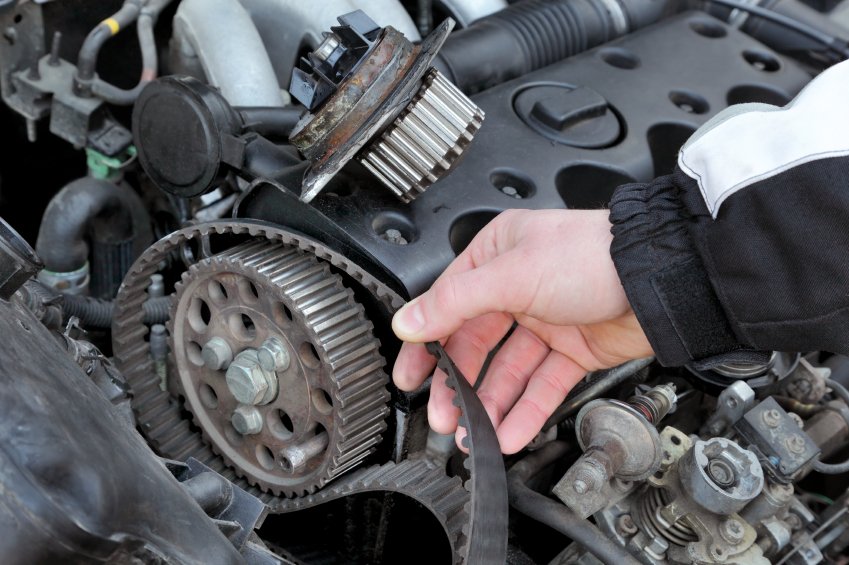
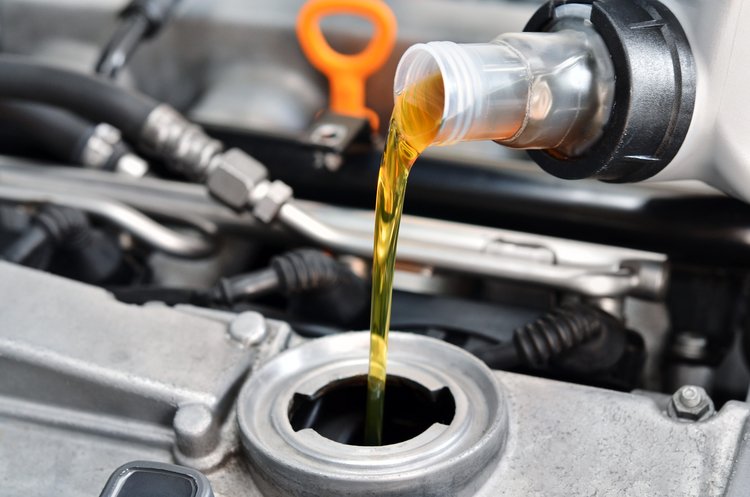

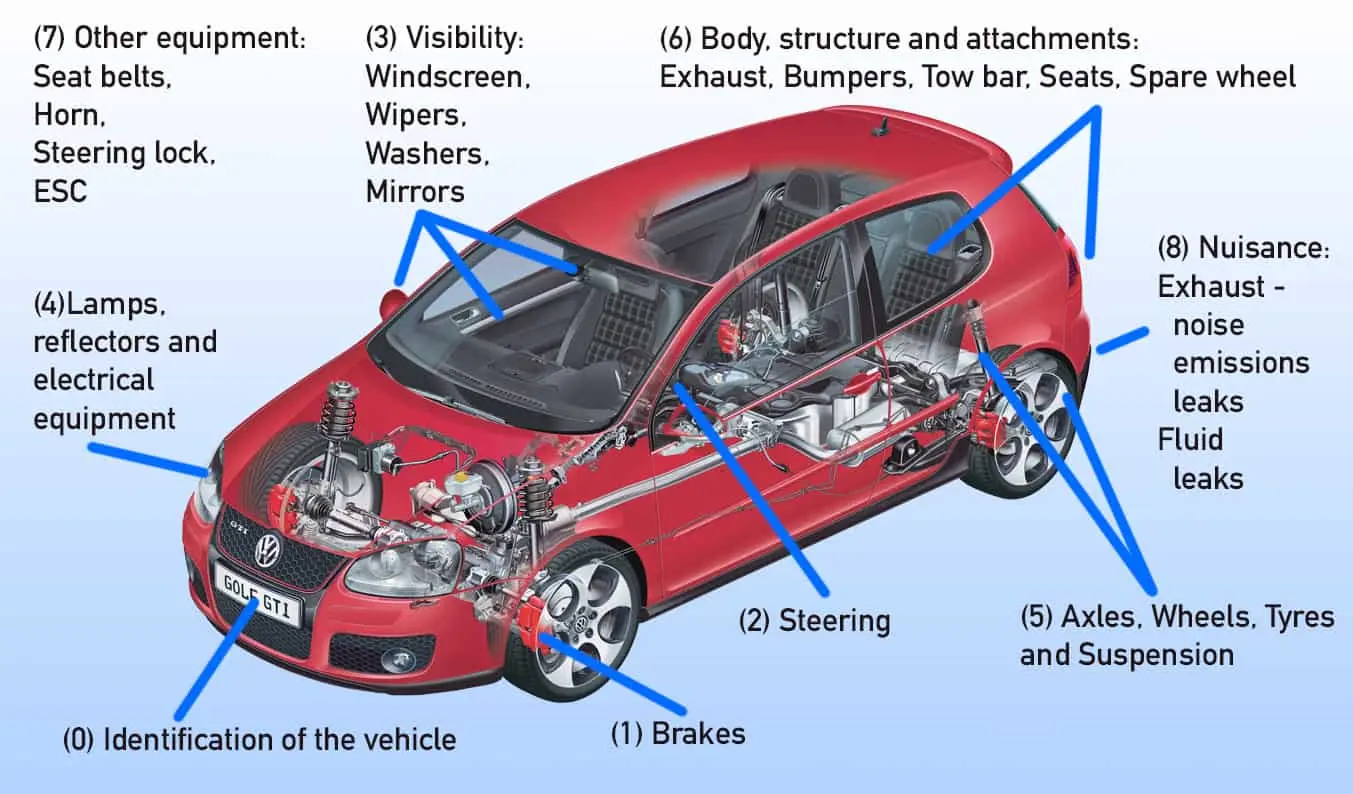
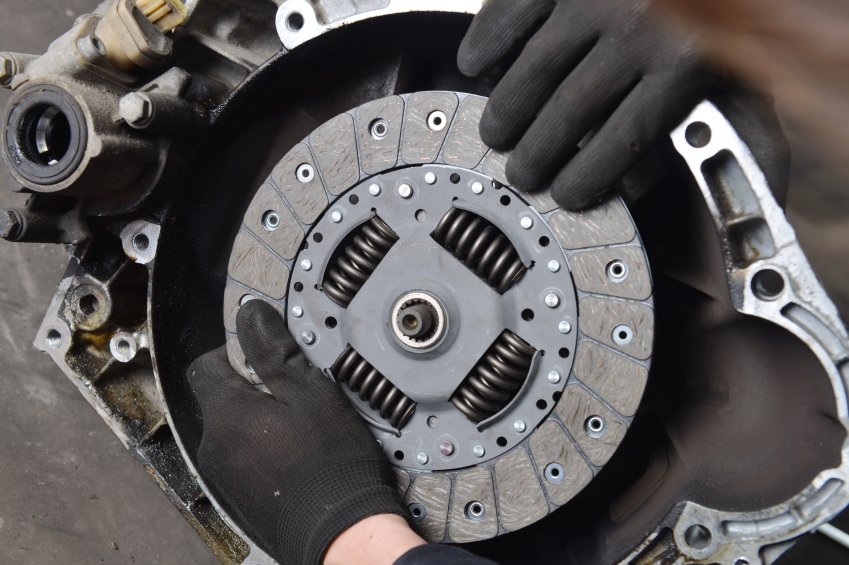
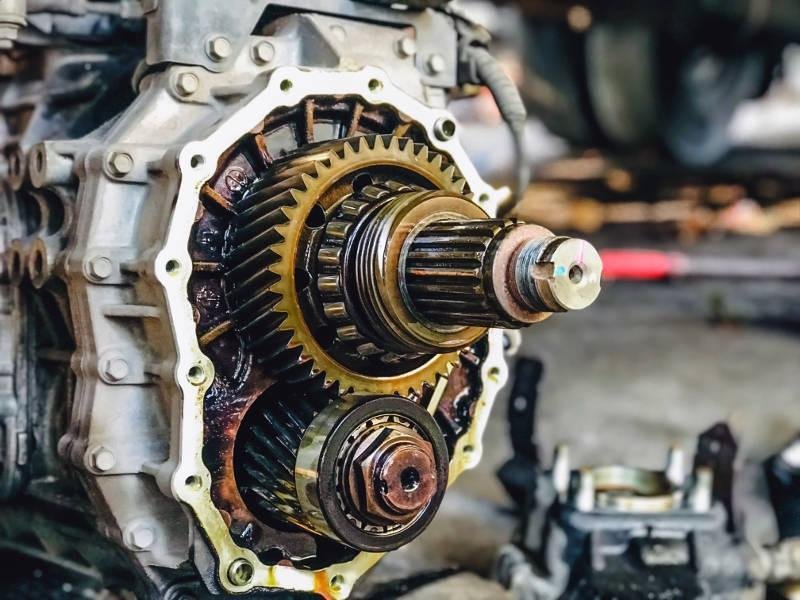

We’ve been supplying, rebuilding and reconditioning engines for more than twenty years. Chat with our sales team by clicking the live chat button ! or email us and we’d be happy to help.

© 2024. All Rights Reserved | Design and Developed by Silicon Design Studio